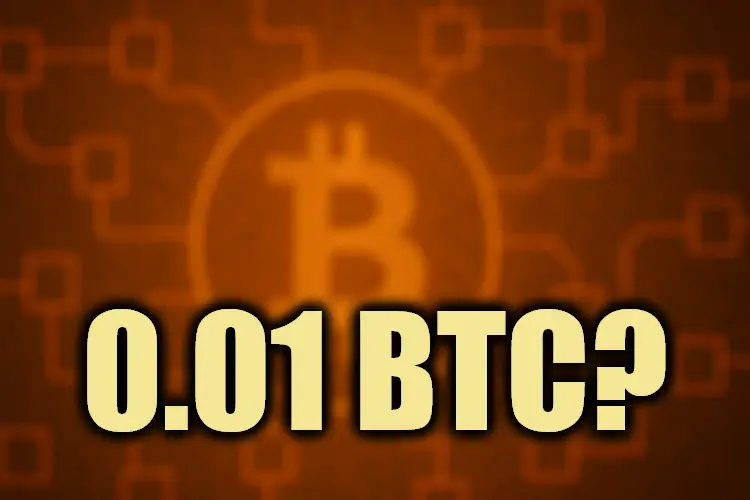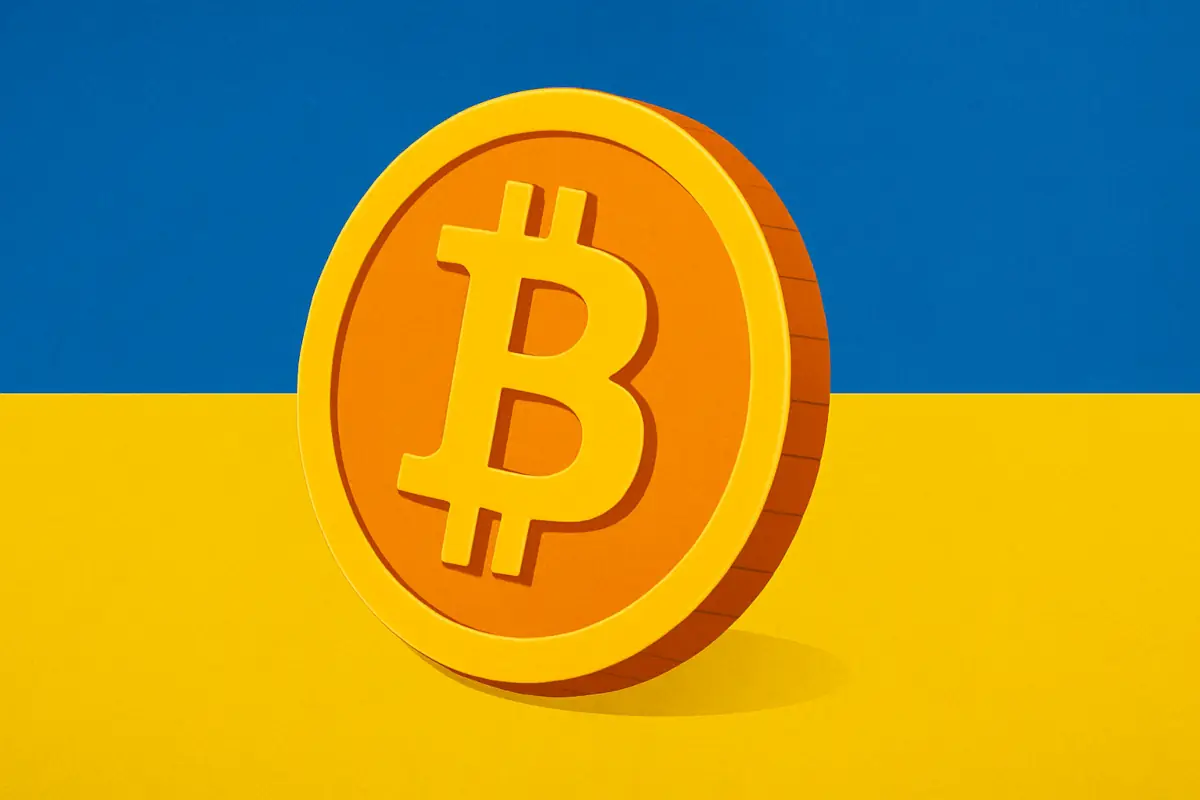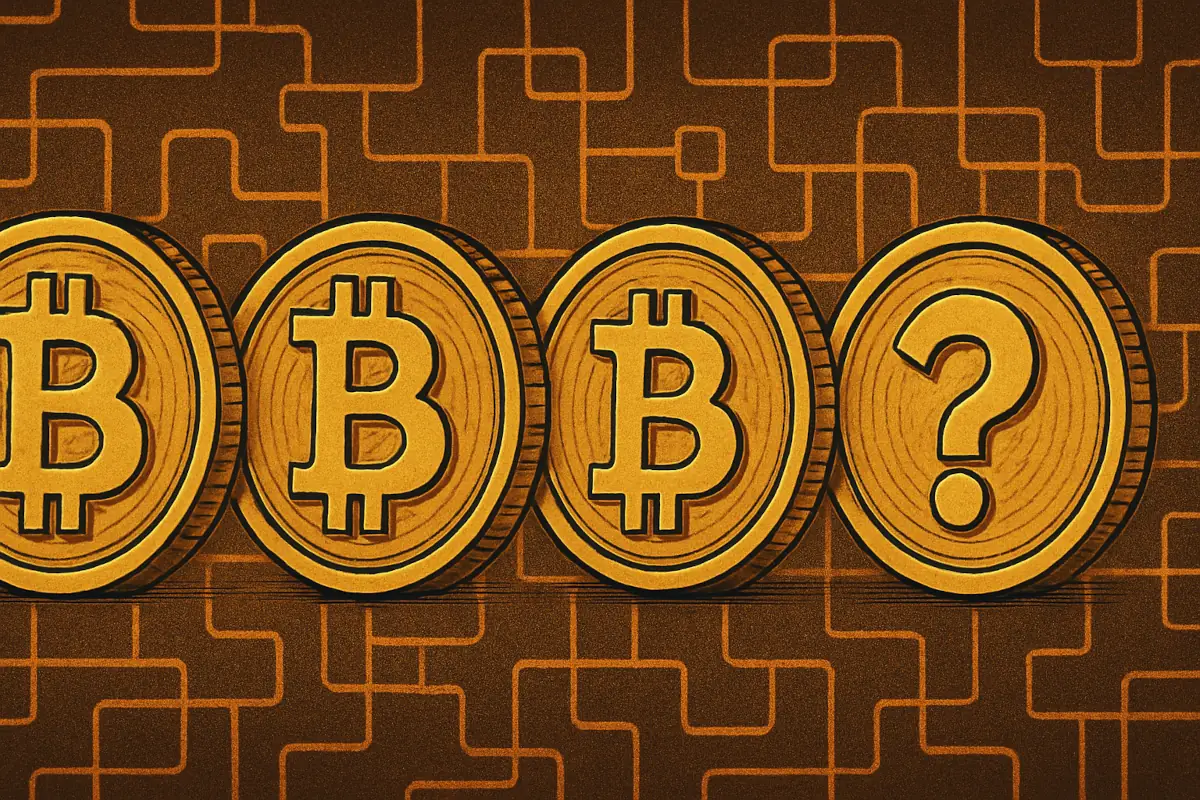If you’ve ever tried to send a bit of Bitcoin and got hit with a fee that made you blink twice – you’re not alone. Bitcoin has the highest transaction fees among all major cryptocurrencies, and yes, it’s something even its most loyal fans complain about. But this isn’t a glitch or an accident. It’s built into how the system works. And there’s a good reason it’s not likely to change anytime soon.
Table of Contents
It’s Not About How Much You Send
This surprises a lot of people at first: Bitcoin fees don’t depend on how much money you’re sending. Whether you’re moving $5 or $50,000, the fee is based on how big your transaction is in data size – not dollar amount. Bigger transactions take up more space, and block space is limited.
What makes a transaction “big”? Mostly the number of UTXOs, or unspent transaction outputs, that go into it. If your wallet holds lots of small bits of Bitcoin from different sources, combining them all into one payment can create a large transaction in terms of data. And that means higher fees.
So Who Sets the Fee?
Technically, you do. Or rather, your wallet software does – and it guesses what fee will get your transaction confirmed fast enough. But this is where the problem starts: you’re not paying some fixed rate. You’re offering a bid in a crowded auction. The more people are trying to send Bitcoin, the more competition there is. If you want your transaction picked by miners quickly, you have to outbid others.
Miners are the ones who validate transactions and add them to the blockchain. They only include the transactions that pay the most per byte of data. So if the network is busy and you’re not offering a good enough fee, your transaction might sit around unconfirmed for hours – or even days.
Block Size Limits Make It Worse
Bitcoin has a hard limit on block size. Originally it was 1MB, though SegWit increased that a bit by changing how some of the transaction data is counted. Still, each block can only hold a small number of transactions, and a new block only gets mined about every 10 minutes.
That means only a few thousand transactions can be confirmed each time. During busy periods – say, a big price spike, a market panic, or even just a weekend traffic spike – way more people want to use the network than the blocks can handle. So fees go up.
Miners Depend on Fees Now
Here’s something a lot of people don’t think about: miners used to make most of their money from the block reward – the new bitcoins they earn when they mine a block. But every four years, that reward gets cut in half. It’s called the “halving”, and it just happened again in 2024.
Now, miners are getting much smaller rewards from new coins. That means fees are becoming a much bigger part of how they earn money. If no one paid high fees, mining would stop being profitable – and the whole system could slow down or become less secure. So in a weird way, the high fees help keep Bitcoin going.
Read also: What Happens When All Bitcoins Are Mined?
Can You Pay Less?
Sometimes, yes – especially if you’re not in a rush. If you time your transaction for when the network isn’t so busy, you can often get it confirmed with a much lower fee. Early mornings (UTC time) and weekends are often cheaper. Some wallets even let you adjust the fee manually or use “replace-by-fee” to bump it later if it’s stuck.
Using SegWit addresses can also help. They reduce the size of your transaction, which lowers the fee. And if you’re sending lots of payments (like a business might), batching them together into one transaction can save a lot.
Some users also turn to layer-2 solutions, such as the Lightning Network, which allows Bitcoin transactions to be made off-chain. These can be significantly faster and cheaper but require specific tools and wallet support.
Conclusion
Bitcoin fees are a result of limited block space, a competitive fee market, and the design choices that prioritize security and decentralization over speed. As Bitcoin adoption grows and block rewards continue to shrink, transaction fees will remain a critical part of the network’s economics. Understanding how they work – and how to manage them – is essential for anyone using Bitcoin.
Read also: 5 Coins With The Lowest Transaction Fees




